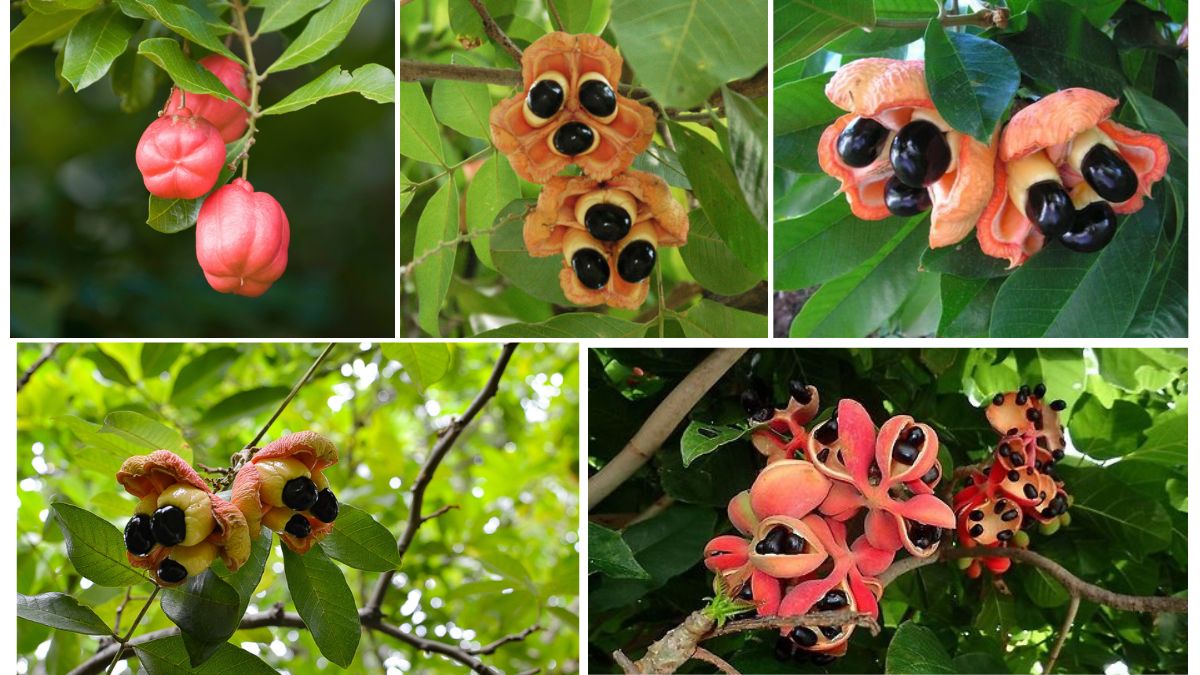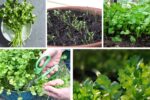When it comes to exotic tropical fruits, ackee holds a unique place in the culinary and agricultural world. Recognized for its distinct appearance, rich taste, and nutritional value, ackee is most famous as the star ingredient in Jamaica’s national dish, ackee and saltfish. But beyond the plate, ackee is also a vital cash crop for several countries.
So, who leads the world in ackee production, and why does this fruit matter so much in the global agricultural scene? Let’s dive into the fascinating world of ackee cultivation, top producers, economic relevance, and global trends.
What is Ackee? A Quick Overview
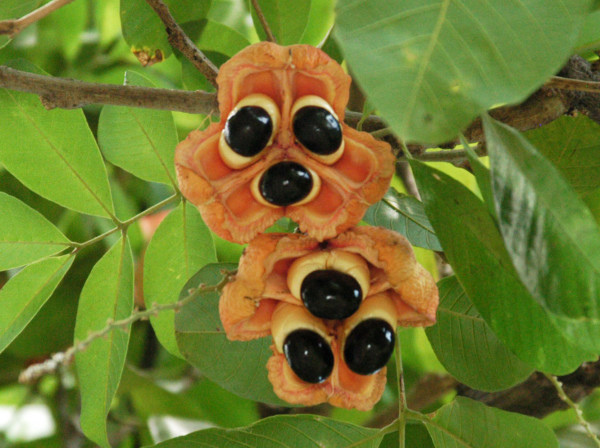
Ackee (Blighia sapida) is a tropical fruit native to West Africa, but it gained global attention through its cultural and agricultural integration in Jamaica. The fruit grows on an evergreen tree and features a bright red or yellow outer skin. When fully ripe, it splits open to reveal three large black seeds surrounded by soft, creamy, pale-yellow arils, which are the edible parts.
However, ackee must be prepared with caution. When unripe or improperly handled, it contains hypoglycin A, a toxin that can cause severe illness known as Jamaican vomiting sickness. Only the fully ripened and naturally opened fruit is safe to eat.
Which Country is the Leading Ackee Producer Globally?
Jamaica – The Undisputed Global Leader
- Annual Production: Over 2,500 metric tons (fresh weight equivalent)
- Key Regions: Clarendon, St. Elizabeth, St. Catherine, Manchester, and Westmoreland
- Global Market Share: Over 85% of global exports
Jamaica is not only the leading producer of ackee worldwide but also the only country that exports ackee on a commercial scale.
Why Jamaica Dominates:
- Cultural Integration: Ackee is deeply woven into Jamaican culture, cuisine, and agriculture.
- Government Support: The Jamaican government, through agencies like RADA (Rural Agricultural Development Authority) and JACRA (Jamaica Agricultural Commodities Regulatory Authority), supports ackee cultivation, processing, and export.
- Export Processing: Jamaica is the only country with approved canning facilities that meet the strict safety requirements of the U.S. Food and Drug Administration (FDA) and the European Food Safety Authority (EFSA).
- Brand Identity: Ackee is considered a “national brand” that contributes to Jamaica’s tourism and food identity globally.
Other Countries That Produce Ackee
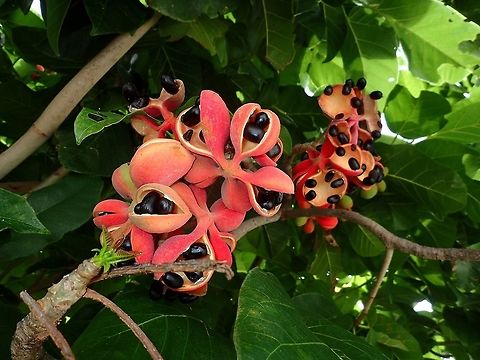
While Jamaica is the largest and most prominent player, ackee also grows in West Africa and other parts of the Caribbean. However, these countries largely produce ackee for domestic consumption rather than export.
1. Ghana
- Native Habitat: Ackee is originally indigenous to Ghana and other parts of West Africa.
- Production Use: Mostly for local markets and traditional dishes.
- Export Status: Very limited; infrastructure for safe processing and certification is still in development.
2. Haiti
- Production: Grown in small-scale farms.
- Consumption: Primarily consumed locally in rural regions.
- Challenges: Lack of processing facilities and safety compliance limit commercial export.
3. Nigeria
- Cultivation Areas: Southern Nigeria, including regions in Cross River and Rivers State.
- Usage: Used traditionally in soups and local recipes.
- Constraints: Despite having the right climate, Nigeria has not industrialized ackee production.
4. Cuba & Caribbean Islands
- Presence: Ackee trees are found in countries like Cuba, Barbados, and the Dominican Republic.
- Scale: Small-scale and wild harvesting; not industrial or commercial.
Ackee Export Market: Jamaica at the Forefront
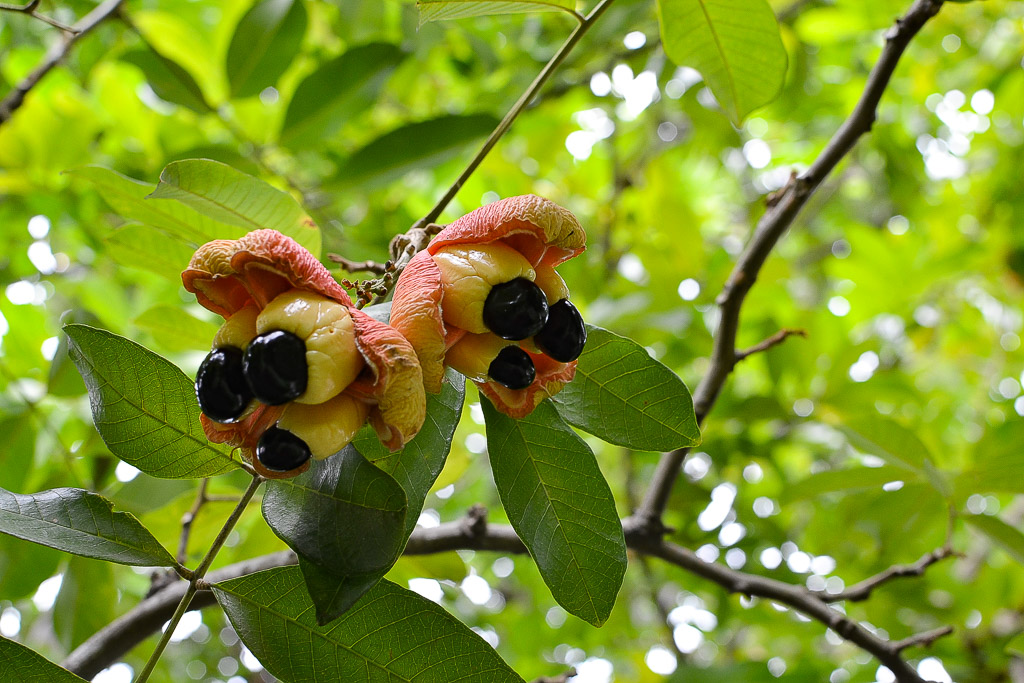
The global ackee trade is nearly synonymous with Jamaica. The country exports canned ackee to the United States, United Kingdom, Canada, and other parts of the Caribbean.
Top Export Destinations (2023)
| Country | Approx. Import Volume (metric tons) | Notes |
|---|---|---|
| United States | 1,200+ | Largest importer of canned ackee |
| United Kingdom | 900+ | Strong Caribbean diaspora demand |
| Canada | 300+ | High ethnic food market |
| Others (EU, Caribbean) | 100+ | Smaller but growing |
Economic Value
- Export Revenue: Jamaica earns millions of USD annually from ackee exports.
- Employment: Thousands of farmers, factory workers, and traders are directly or indirectly employed through the ackee supply chain.
- Rural Development: Ackee farming supports many smallholder farmers in rural Jamaica, especially women.
How is Ackee Processed for Export?
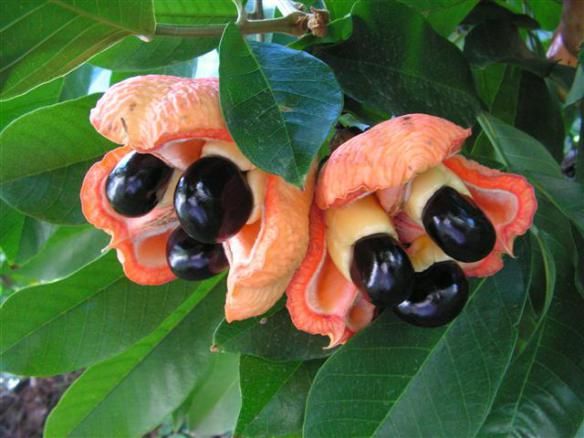
Due to its toxic properties when unripe, ackee must undergo strict harvest, inspection, and thermal processing standards before being exported. Here’s how it’s done in Jamaica:
- Harvesting: Only naturally opened ackee pods are harvested.
- Cleaning & Inspection: Arils are manually inspected to remove seeds and membranes.
- Blanching: Arils are blanched to neutralize toxins.
- Canning: They are packed in brine or saltwater solution and hermetically sealed.
- Sterilization: Cans undergo high-temperature sterilization to meet international food safety standards.
This rigorous process ensures that Jamaican canned ackee is both safe and shelf-stable, making it suitable for global retail.
Trends Driving Ackee’s Popularity
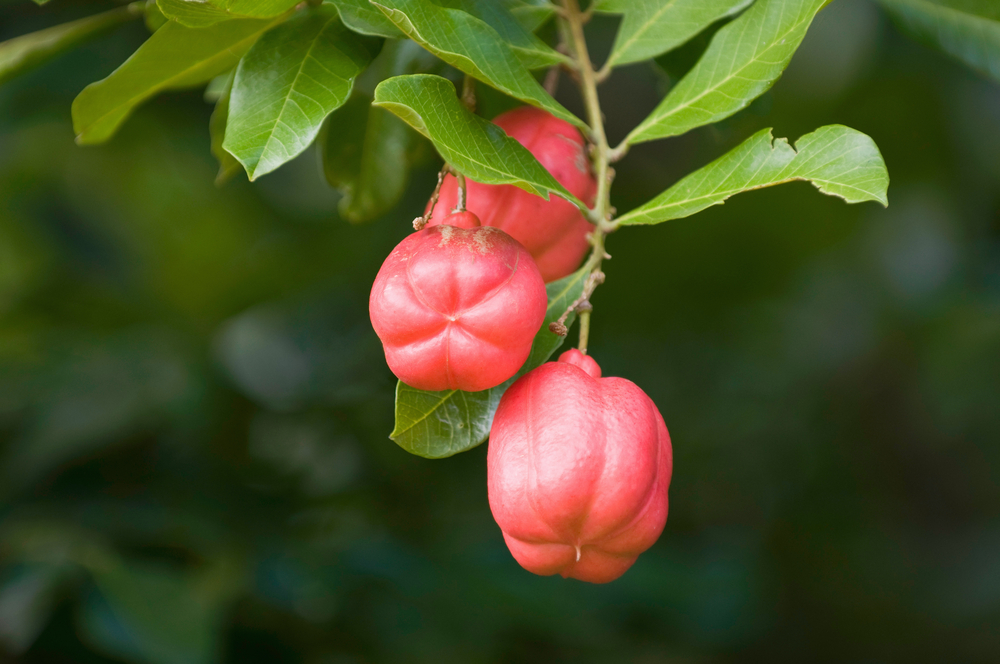
1. Caribbean Cuisine Goes Global
With the popularity of jerk chicken, plantains, and callaloo, Caribbean food is gaining international fans. Ackee and saltfish, in particular, is now served in restaurants across New York, Toronto, and London.
2. Plant-Based & Vegan Diet Trends
Ackee’s creamy texture and neutral flavor make it an excellent meat substitute or scrambled egg alternative in vegan recipes. This versatility is increasing its appeal beyond Caribbean communities.
3. Ethnic and Specialty Food Markets
Ethnic food aisles in major supermarket chains now feature canned ackee, reflecting growing demand for global and fusion cuisine.
4. Export Expansion Programs
Jamaica continues to support ackee through:
- Farm-to-factory programs
- Training for food safety compliance
- Access to international trade fairs and diaspora networks
Challenges Facing Global Ackee Expansion
1. Toxicity Concerns
Hypoglycin A must be properly removed. This limits fresh ackee’s export potential and increases reliance on canning and processing.
2. Limited Processing Outside Jamaica
Many ackee-producing countries lack the food safety certification or facilities needed to enter international markets.
3. Weather Sensitivity
Hurricanes and droughts in the Caribbean can severely affect ackee harvests. Climate-resilient practices are crucial.
4. High Export Costs
Ackee is a high-value product, but the cost of processing, canning, and shipping makes it a premium-priced item, limiting its reach.
The Future of Ackee Production
Innovation in Processing
Researchers are working on methods to safely freeze or dry ackee for broader distribution.
New Market Opportunities
- Interest is growing in European gourmet markets.
- Potential exists in Asia, especially among vegan and health-conscious consumers.
Sustainable Farming Initiatives
Jamaica’s push toward organic certification and sustainable cultivation could help boost production and appeal to eco-conscious buyers.
Conclusion: Jamaica Leads, the World Follows
To directly answer the question:
Jamaica is the leading producer and exporter of ackee globally, thanks to its established infrastructure, cultural connection, and strict compliance with international safety standards.
While other countries like Ghana, Nigeria, and Haiti produce ackee, Jamaica remains unmatched in commercial scale, export volume, and global recognition. With growing international appetite for Caribbean cuisine and plant-based alternatives, ackee’s global journey has just begun—and Jamaica is proudly leading the way.
